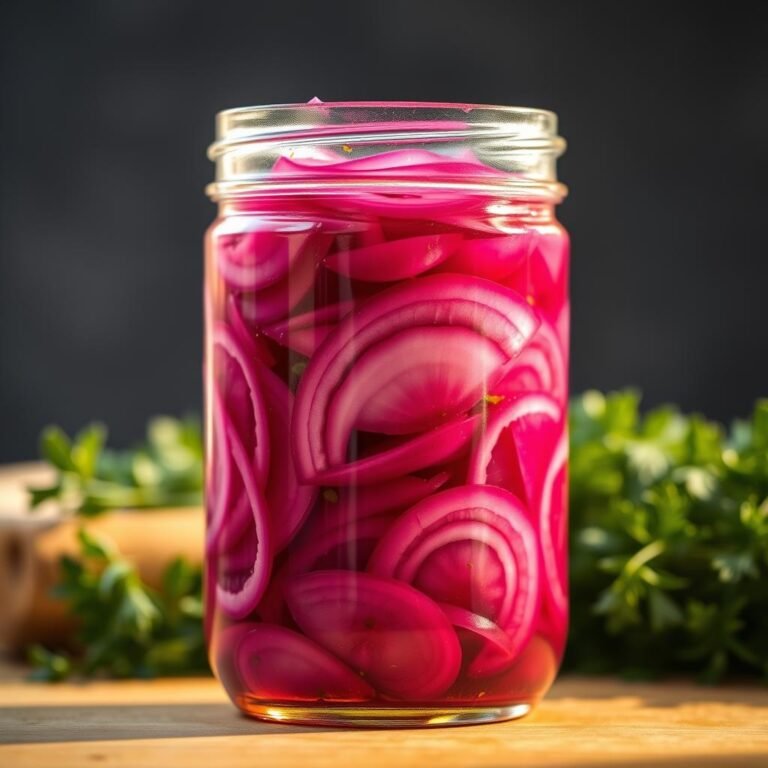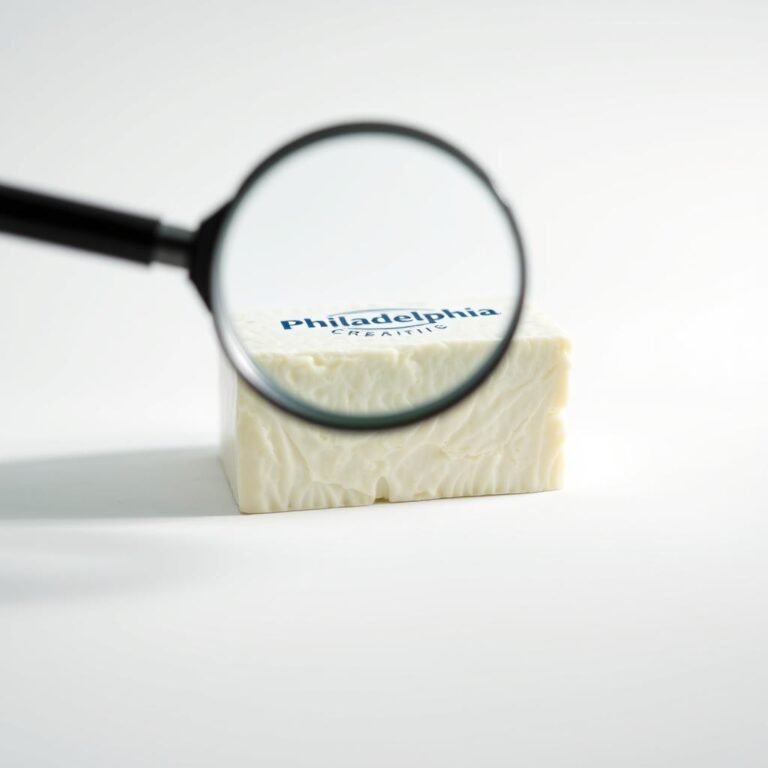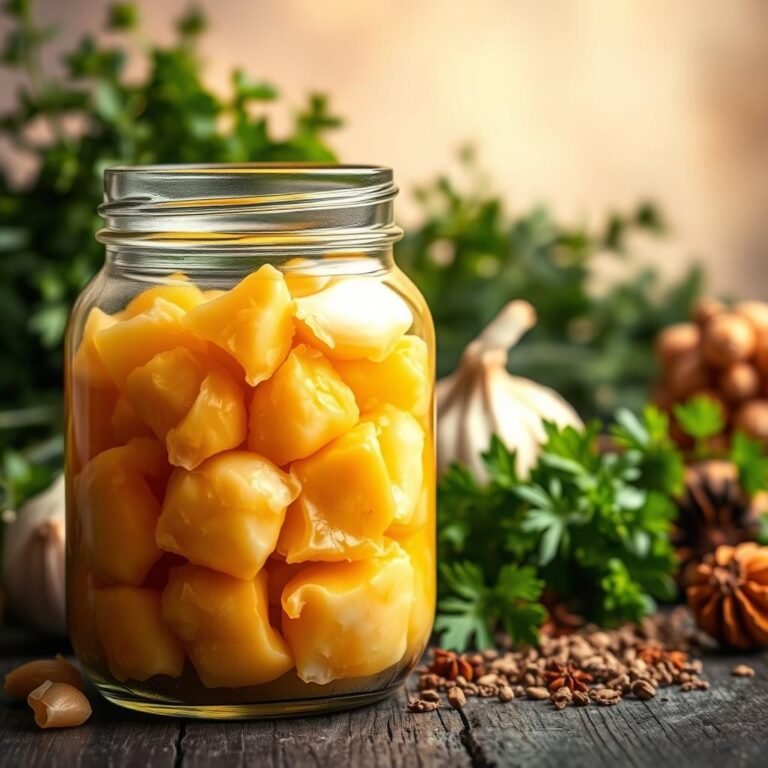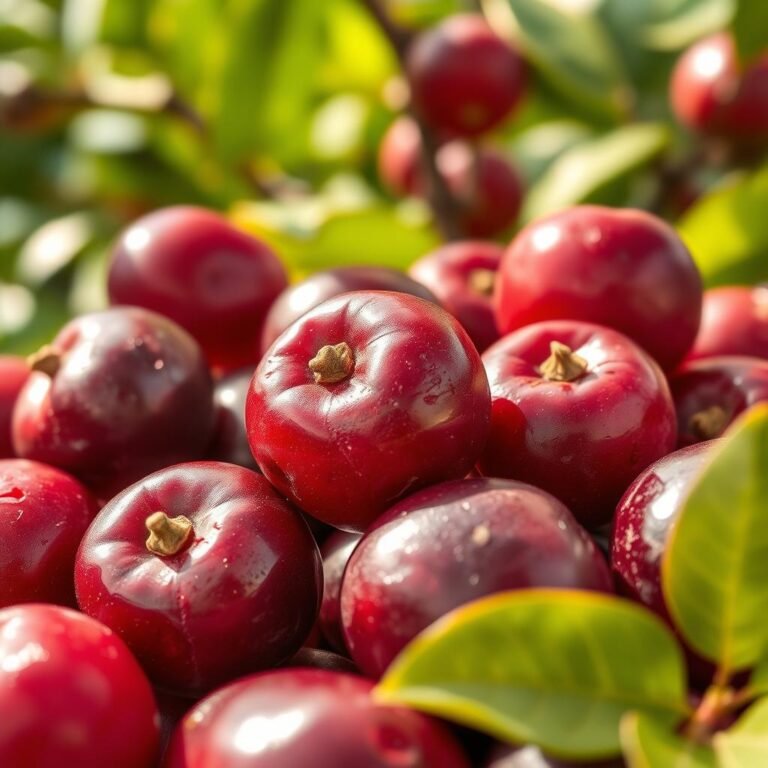Probiotic Benefits of Fermented Radishes and How to Make Them
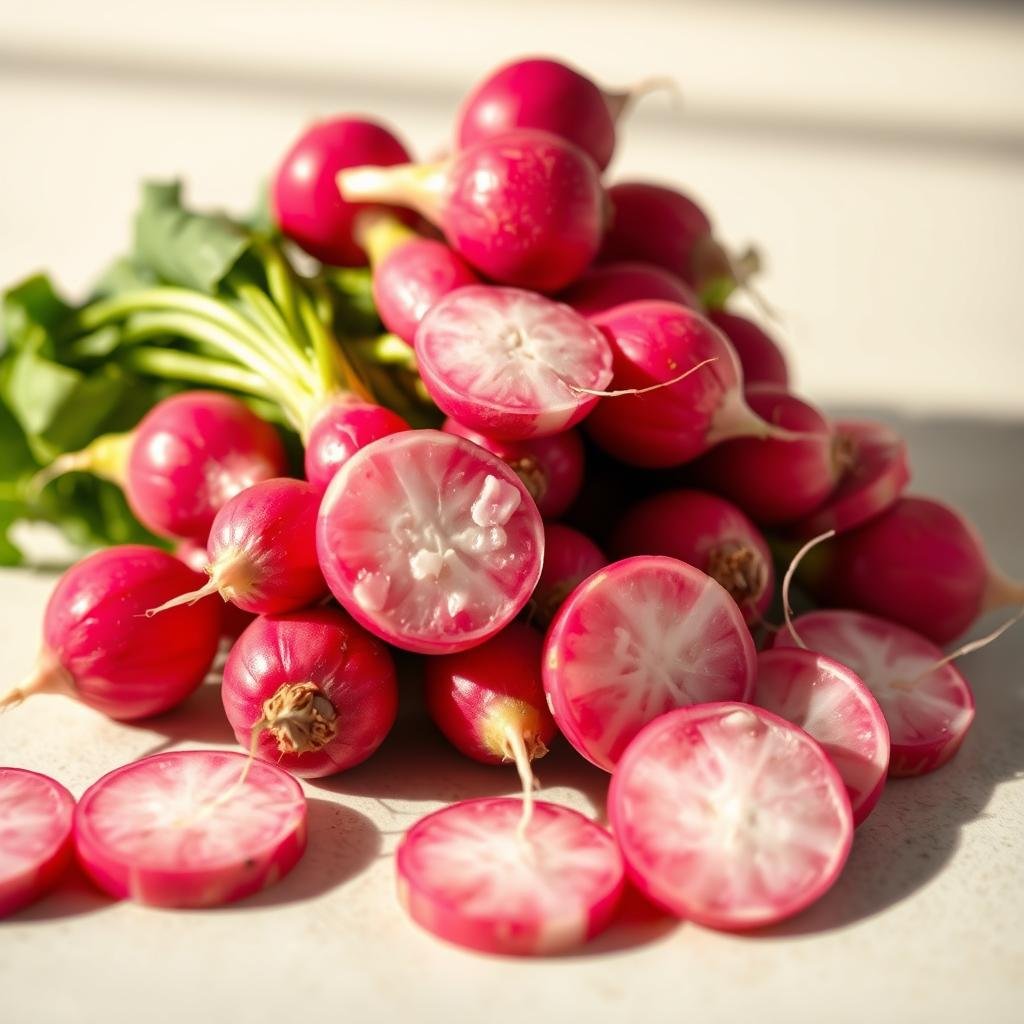
Turning fresh radishes into tangy, gut-friendly fermented radishes is fun. This simple process makes radishes taste better and boosts their probiotics. It’s great for your digestive health.
By fermenting radishes, you get a vibrant, pink brine. This shows your radish fermentation was a success. It looks good too.
Fermented radishes are a great choice for fermented foods. They add a unique twist to your meals. Even beginners can make them easily.
These lacto-fermented radishes add flavor and nutrients to your dishes. For a full guide on fermenting radishes, check out the steps for success.
Join the fermentation community and discover the probiotic benefits of fermented radishes. It’s easy and rewarding. You’ll enjoy a tasty way to improve your health.
The Science Behind Fermentation
Learning about fermentation science is key when exploring lacto-fermentation, like with radishes. It’s a cool process where Lactobacillus bacteria turn radish sugars into lactic acid. This acid helps keep food fresh and safe longer.
Key Ingredients for Fermenting Radishes
To make a great fermented radish recipe, you need fresh, organic radishes, pure water, and Himalayan pink salt. These key ingredients help good bacteria grow and keep bad ones away.
The Lactobacillus bacteria on radish skin eat sugars and make lactic acid. This not only keeps radishes fresh but also makes their nutrients like vitamin C more available. Using clean water and salt rich in minerals is important for good fermentation.
If you’re wondering how to ferment radishes, use 1 tablespoon of salt for every 1 cup of water. Fermentation time varies but usually takes 7-10 days. The right conditions help radishes get a tangy taste and all the fermentation benefits.
Health Benefits of Fermented Radishes
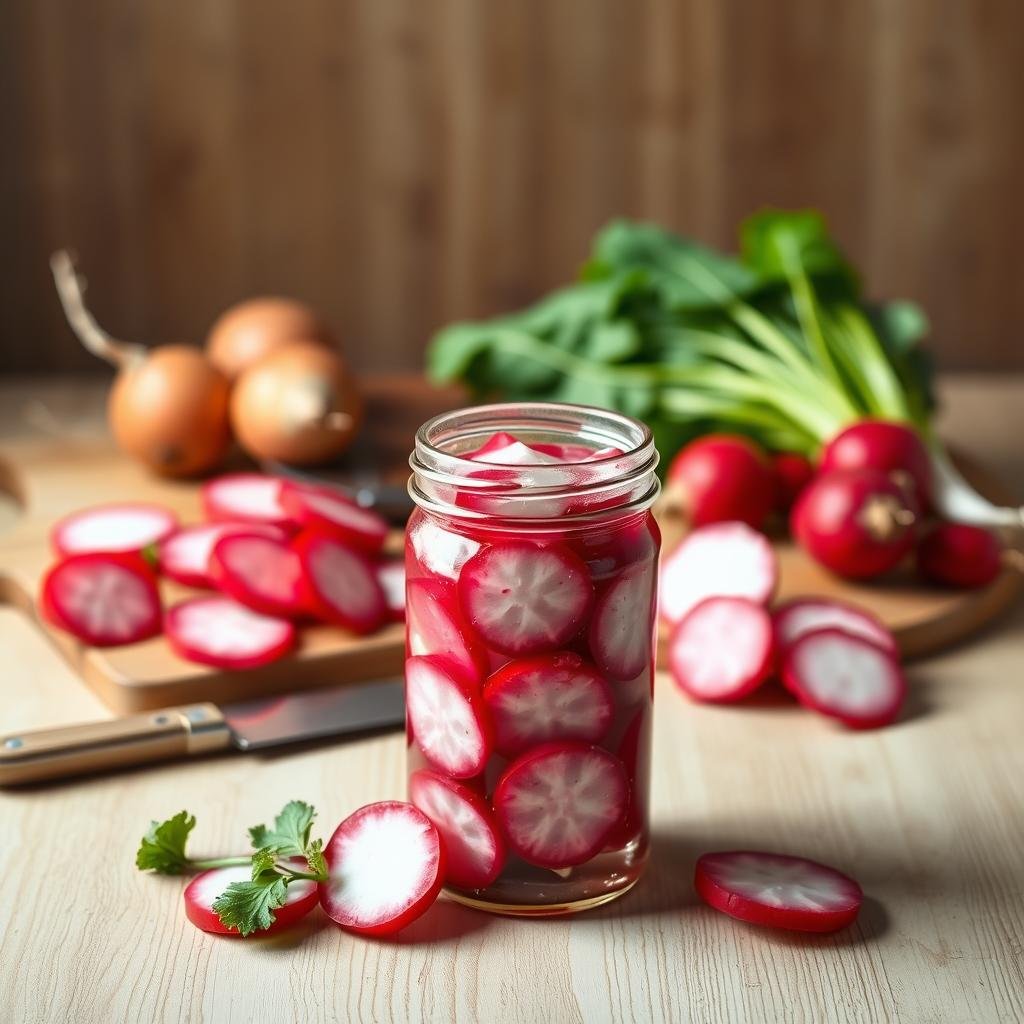
Fermented radishes are full of good bacteria. They help your gut health a lot. They also boost your immune system with their beneficial bacteria.
Probiotics and Gut Health
Fermented radishes are packed with probiotics. These probiotics keep your gut balanced. Eating them can make your gut health better, helping you digest food well.
Nutritional Profile of Fermented Radishes
Fermentation makes radishes more nutritious. It breaks down their fibers, making them easier to digest. They also get more vitamins and minerals, like vitamin C.
Learn more about this change in this informative article.
Possible Anti-Inflammatory Effects
Fermented radishes might also fight inflammation. This could help with chronic conditions. Adding them to your diet can improve your health.
Popular Types of Radishes for Fermentation
Choosing the right radish is key to great-tasting fermented radishes. Different radishes have unique flavors and textures. These can change how your food tastes.
Daikon Radishes
Daikon radishes are big and mild, loved in Asian cooking. They’re great for fermenting because they’re firm and full of water. Daikon radish fermentation makes a crunchy pickle that’s perfect with many dishes.
- Peel and slice Daikon radishes into ¼″ thick rounds or sticks.
- Ideal for kimchi and other traditional fermented recipes.
Black Radishes
Black radishes have dark skin and a spicy taste. They’re great for adding a bold flavor to your ferments. Recipes with black radishes highlight their unique taste and dense feel.
- Can be peeled depending on skin thickness, then sliced into ¼″ thick rounds or sticks.
- Adds a robust and peppery flavor to fermentations.
Other Varieties
Many radish types are good for fermenting. Watermelon radishes and small radishes like Easter egg and French breakfast radishes add variety in taste and color.
- Watermelon radishes: Aesthetic appeal with a mild taste, typically sliced into ¼″ thick rounds or sticks.
- Small radishes: Cut in halves or quarters, no need to peel.
| Radish Variety | Preparation | Flavor Profile |
|---|---|---|
| Daikon Radish | Peel and slice into ¼″ thick rounds or sticks. | Mild and slightly sweet. |
| Black Radish | Peel depending on skin thickness, slice into ¼″ thick rounds or sticks. | Spicy and slightly bitter. |
| Watermelon Radish | Slice into ¼″ thick rounds or sticks. | Mildly sweet. |
| Small Radishes | Cut in halves or quarters, no need to peel. | Varies from mild to slightly peppery. |
Step-by-Step Guide to Fermenting Radishes
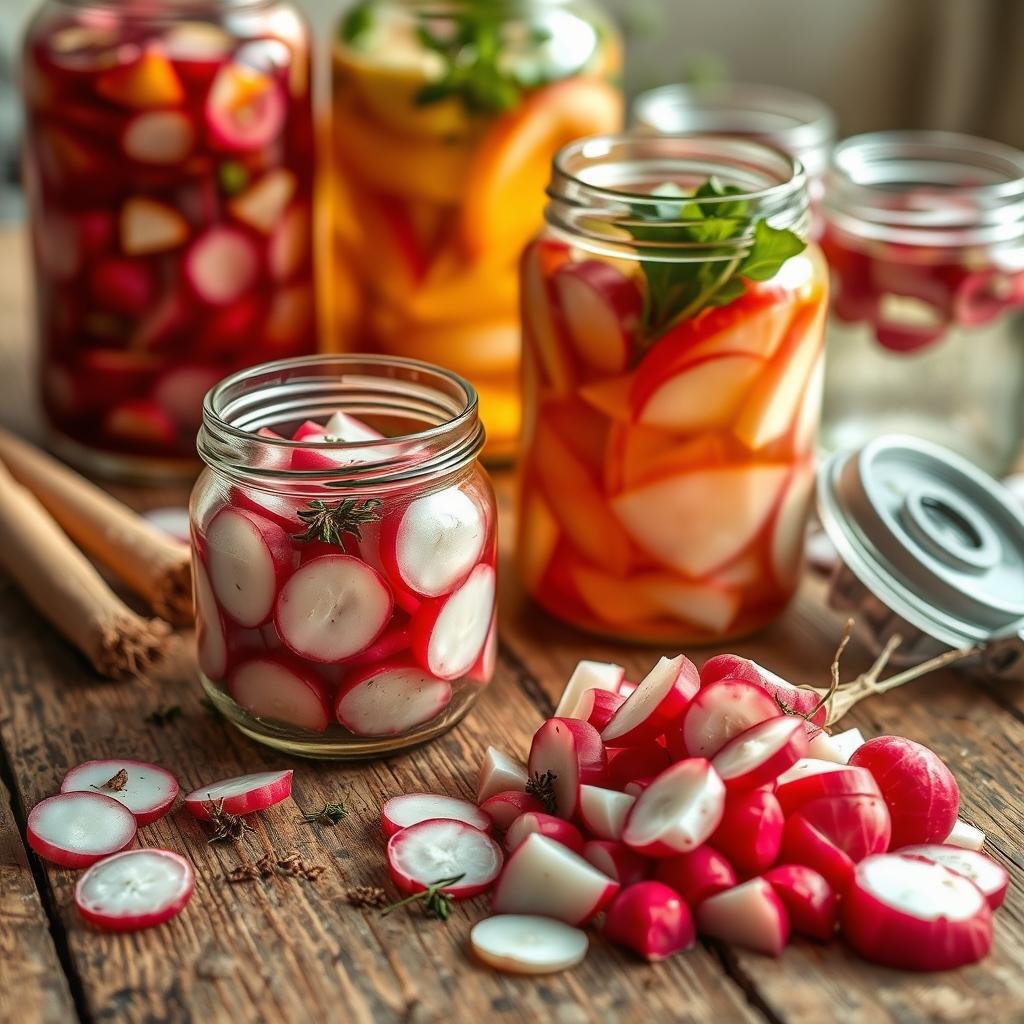
Starting to ferment radishes at home is exciting and rewarding. By following a detailed step-by-step process, you can make a tasty and healthy dish.
Preparing the Radishes
First, pick fresh radishes. Cut off the tops and tails, then wash them well. Slice the radishes into ¼” rounds for even fermentation.
Properly preparing radishes is key for the final taste and texture. For more tips, check out this fermentation guide.
Choosing the Right Brine
The brine mix is very important for fermenting radishes. Mix 3 tablespoons of kosher salt with 6 cups of filtered or boiled water. This makes the perfect brine.
Pour the cooled brine over the radishes, leaving some space for overflow. The right salt mix and clean water create a great fermentation environment.
Fermentation Throughout the Week
Seal the jars with airlock lids or pickle pipe tops. Place them at room temperature. Over time, you’ll see color changes and bubbles, showing fermentation is happening.
It usually takes 5-10 days for the fermentation to finish. Check often to make sure the radishes stay under the brine. Use weights or a water-filled plastic bag for this.
This step-by-step guide helps you get the best results. By carefully preparing radishes and choosing the right brine, you set up for success. For more tips on making homemade fermented radishes, keep reading our detailed guide.
Storing and Preserving Fermented Radishes
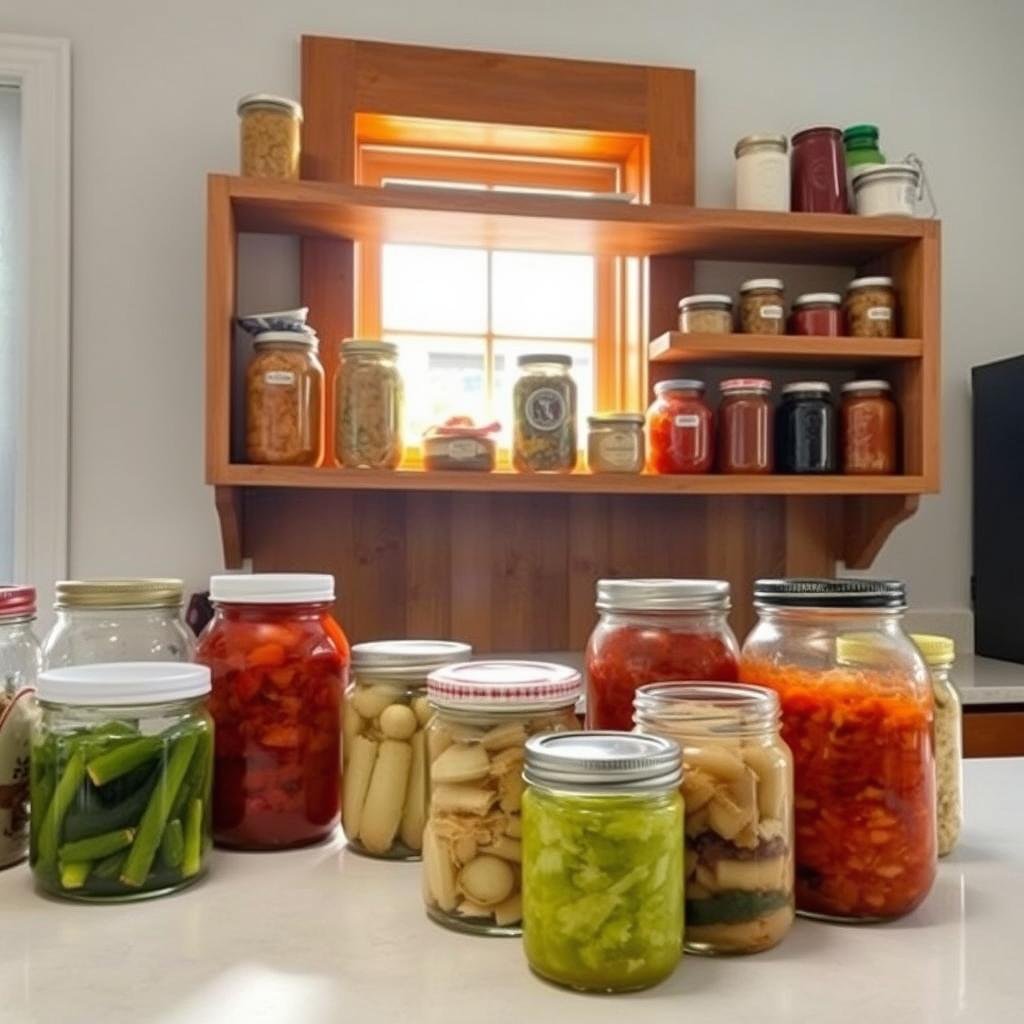
Properly storing fermented foods keeps them tasty and healthy. Fermented radishes need special care to stay delicious and nutritious over time.
Optimal Storage Conditions
Move the radishes to the fridge after fermentation. The cool fridge slows down fermentation, keeping radishes at their best taste. Make sure to use a regular mason jar lid instead of the airlock to avoid contamination.
Keep the jar in a dark fridge corner. Light can harm the quality of fermented foods.
Shelf Life and Use
Fermented radishes can last up to two months in the fridge. They might ferment a bit more, making them tangier but softer. Adding them to salads, tacos, or sandwiches is a great way to enjoy them.
Don’t can fermented radishes as it makes them mushy. For more tips on preserving them, check out detailed guides from trusted sources.
Addressing Common Concerns
Fermentation is interesting but can worry newbies. It’s key to focus on fermentation safety and know how to fix problems. This part covers safety tips and how to solve issues for a great fermentation experience.
Safety Considerations in Fermentation
Safety is vital in fermentation. To keep your radishes safe, keep everything clean. Wash your hands, tools, and surfaces well to avoid bad bacteria.
Use containers that won’t react with food, like glass or food-grade plastic. Make sure radishes stay under the brine. This helps good bacteria grow and keeps bad ones away.
Troubleshooting Fermentation Issues
You might face problems, even with careful steps. If you don’t see fermentation signs, check the temperature. Radishes ferment best at 60-70°F.
Bad tastes or smells mean something’s wrong. Check if radishes were fully covered and if the brine salt level was right. Fixing these can solve many problems.
Fermenting is both art and science. Follow fermented food safety rules and these tips. You’ll be ready for any issue, making sure your radishes are tasty and healthy.

